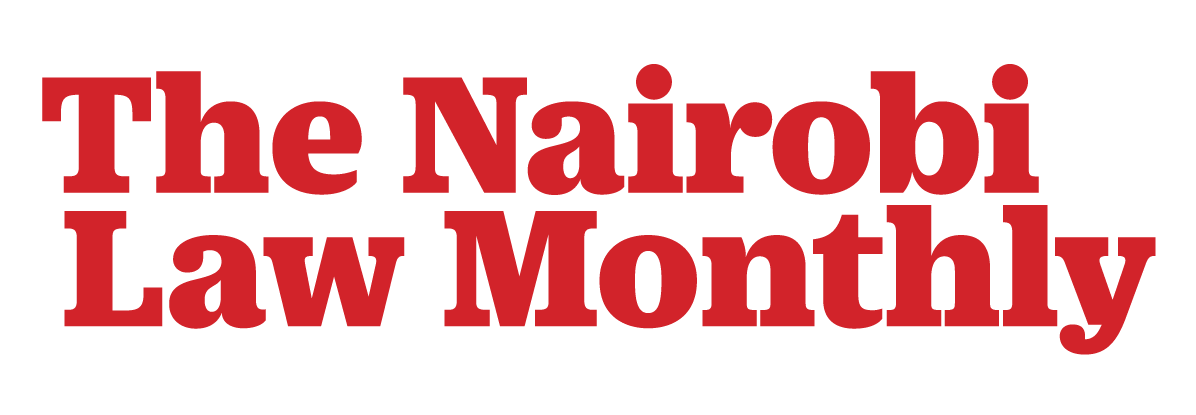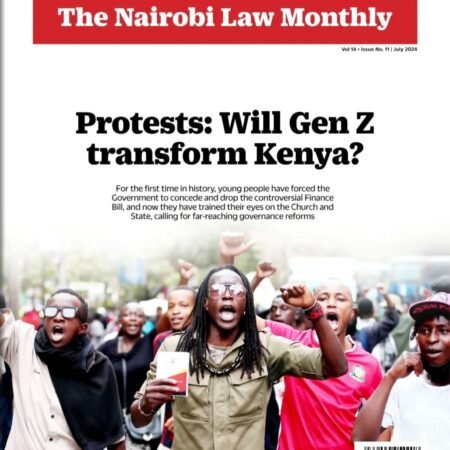The “Africa Rising” narrative has been hinged on the continent’s middle class—but the methods used to define the size of that population has been inconsistent to say the least.
In its The Middle of the Pyramid report in 2011, the Africa Development Bank defined the middle class as persons with yearly incomes exceeding $3,900 (or a per capital expenditure of $2 to $20 day) while the World Bank broadly defines middle-class as those who earn $12 to $15 per day.
-
Sale!
Download Nairobi Law Monthly Magazine July 2024 Edition
Downloads Original price was: KShs200.00.KShs100.00Current price is: KShs100.00.
The oft-cited pitfall of using fixed income cut-offs to define the middle class is that it leaves no room for income fluctuations and vulnerabilities to health and business emergencies.
In a recent report, Fraym, a data consulting firm, has opted for a different tack and defines Africa’s consumer class based mainly upon asset ownership and educational levels “since these measures are less vulnerable to seasonal income fluctuations.”
Shifts in consuming and spending trends rooted in local nuances like harvest and planting seasons make “a purely monetary-based segmentation susceptible to higher error rates,” the report argues. Assets measured include refrigerators, mobile phones, televisions, automobiles and computers with each influencing consumption patterns differently. Owning a refrigerator, for instance, allows household purchase larger volumes of food thus spending more while automobiles can increase frequency of consumption.
Fryam’s analysis identifies a middle class population of 330 million people unevenly distributed across the continent. Egypt, Nigeria, South Africa, Algeria and Morocco—referred to as the “power five” markets—are home to two-thirds of the continent’s consumer class with 219 million people.
Below that rung, led by Ethiopia, “frontier fifteen” markets are countries with consumer class populations ranging from two to 10 million. The rest of the continent, consisting mainly of smaller countries, is home to just 17 million of the continent’s consumer class and “offer much more limited opportunities for consumer facing companies and investors given their small and fragmented markets,” the report says.
Regardless of the location of Africa’s middle class, household spending has grown steadily to reach $1.6 trillion last year after crossing the $1 trillion mark in 2010. Household spending is projected to hit $2.5 trillion by 2025, according to estimates by McKinsey Global Institute.
Much of the continued growth will be fueled by population spurts across the continent: Africa’s population will have have an additional 1.3 billion people by 2050. And with migration to urban cities for access to economic opportunities and better living standards continuing, African governments are spending over $100 billion to build new 21st century cities to assuage housing shortages.
But increased consumption spending and lifestyle changes are coming at a cost. More supermarket shopping in Kenya is increasing the risk of poor nutrition and, across the continent, the rise of fast food chains is having a similar effect as sharp rises in obesity levels have been recorded in urban centers over the last 25 years. (Quartz)

